Nestled in the heart of Central Europe, Hungary stands as a testament to a rich tapestry of history, culture, and unexpected mysteries. From the ancient Magyar tribes to the modern charms of Budapest, Hungary’s journey through time has left indelible marks on its landscapes and people. In this extensive exploration, we will unravel the layers of Hungary’s history, discovering surprising facts that add depth to its narrative, and delving into mysterious tales that linger beneath the surface.
Historical Tapestry:
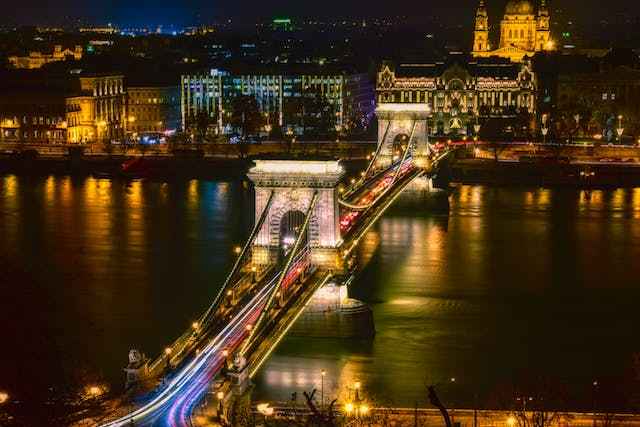
1. Ancient Origins:
Hungary’s historical roots stretch back to the Paleolithic era, with evidence of human habitation found in the Carpathian Basin. This central European region became a melting pot of cultures and civilizations over the millennia, shaping Hungary’s distinctive identity.
As we journey through Hungary’s ancient origins, we encounter archaeological marvels that showcase the intricate lifestyle of early inhabitants. Cave paintings, tools, and artifacts provide glimpses into the prehistoric era, portraying a people deeply connected to nature and reliant on their ingenuity for survival.
2. Magyar Conquest:
The 9th century saw the arrival of the Magyars, a nomadic people from the Ural Mountains. Under Árpád’s leadership, they established the Principality of Hungary, marking the genesis of the Hungarian state. The unique Hungarian language, a Finno-Ugric tongue, bears witness to the Magyars’ distinct cultural heritage.
Exploring the Magyar conquest takes us through the sweeping landscapes of the Carpathian Basin, as the nomadic tribes found a home in this fertile region. Their horseback expertise and strategic brilliance paved the way for a new chapter in Hungary’s history.
3. The Mongol Invasion:
In the 13th century, Hungary faced the destructive force of the Mongol invasion led by Batu Khan. The Mongols left a trail of devastation, but Hungary’s resilience emerged victorious, and the rebuilding process began.
The Mongol invasion unfolds as a pivotal moment in Hungary’s medieval history. The Battle of Mohi, the siege of major cities, and the ultimate retreat of the Mongols shaped the nation’s destiny. The scars of this invasion are still visible in historical records and architectural remnants.
4. The Renaissance and Ottoman Occupation:
The Renaissance brought cultural and artistic flourishing to Hungary, but the Ottoman Empire’s expansion posed a significant threat. Hungary endured over 150 years of Ottoman rule, marked by battles, resistance, and a complex cultural exchange that left an enduring imprint on the nation.
Delving into the Renaissance period, we witness the blossoming of Hungary’s artistic and intellectual landscape. Architectural gems, such as the Buda Castle, showcase the influence of Renaissance aesthetics. However, this period of cultural efflorescence was soon overshadowed by the Ottoman occupation.
The Ottoman era in Hungary unveils tales of heroism and struggle as the Habsburg-Ottoman wars shaped the nation’s fate. The siege of Eger and the Battle of Szigetvár stand as enduring symbols of Hungary’s resistance against the Ottoman forces.
5. The Austro-Hungarian Empire:
The 19th century witnessed Hungary entering into a union with the Austrian Empire, forming the Austro-Hungarian Empire. This era brought economic development, but tensions eventually led to the empire’s dissolution after World War I.
The Austro-Hungarian Empire, often referred to as the “Dual Monarchy,” marks a period of dynamic cultural exchange and industrial progress. However, the seeds of discontent sown during this time would later contribute to the complex geopolitical landscape of the early 20th century.
You May Also Like These
Surprising Facts:
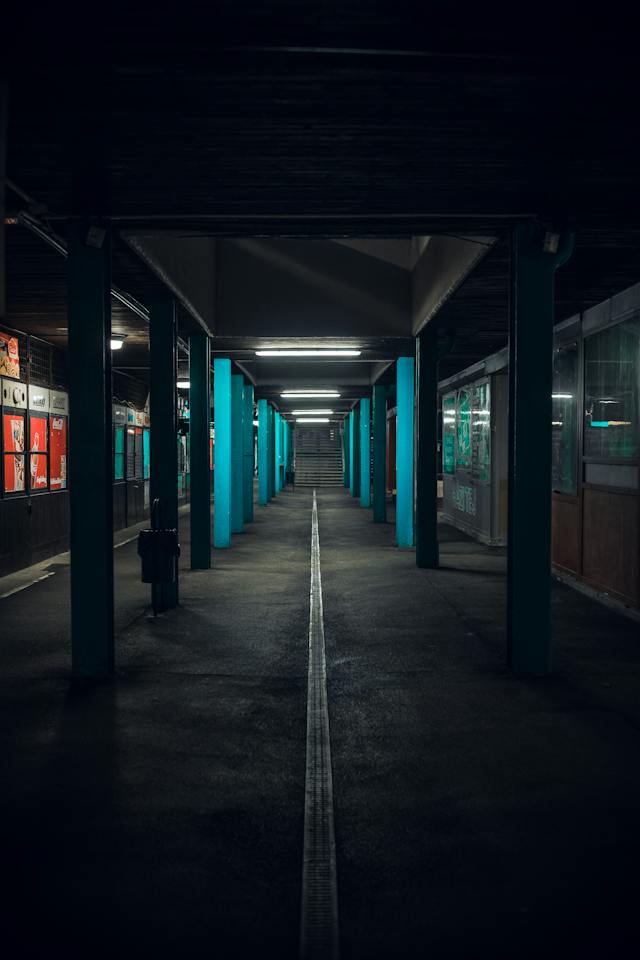
1. Rubik’s Cube Origin:
Hungary is the birthplace of the iconic Rubik’s Cube. Invented by Hungarian architect Ernő Rubik in 1974, the puzzle gained global popularity, becoming a symbol of Hungarian ingenuity and creativity.
The story behind the Rubik’s Cube unfolds as a testament to Hungarian innovation. Rubik’s initial creation, the “Magic Cube,” was conceived as a teaching tool to help students understand three-dimensional geometry. Little did he know that his invention would become a worldwide sensation, captivating minds and fingers across generations.
2. Thermal Bath Capital:
Budapest, often referred to as the “City of Spas,” boasts over 1,500 thermal springs. The city is home to renowned thermal baths, including Széchenyi and Gellért Baths, offering visitors a unique blend of relaxation and cultural experience.
Hungary’s thermal baths have a history intertwined with its geology and a deep-seated cultural appreciation for the healing properties of mineral-rich waters. The architectural magnificence of these baths, blending Art Nouveau and Neo-Baroque styles, adds to the allure, making them not just places of rejuvenation but also cultural landmarks.
3. Lake Hévíz – Europe’s Largest Thermal Lake:
Hungary is home to Lake Hévíz, Europe’s largest thermal lake. Renowned for its warm, mineral-rich waters, the lake is a haven for wellness enthusiasts seeking natural healing properties.
Lake Hévíz, nestled amid lush greenery, emerges as a natural marvel with therapeutic qualities. The lake’s unique ecosystem, combining thermal springs and water lilies, creates a serene environment for visitors seeking relaxation and holistic well-being.
4. Pálinka Tradition:
Pálinka, a traditional Hungarian fruit brandy, is deeply embedded in Hungarian culture. Beyond being a beverage, it is considered a symbol of hospitality, and its crafting and consumption have deep historical roots.
The art of pálinka-making unveils itself as a cultural ritual, passed down through generations. Orchards teeming with apricots, plums, and cherries become the source of this iconic drink. Each sip carries not just the flavor of the fruit but also the essence of Hungarian conviviality.
5. Holy Right Hand:
The St. Stephen’s Basilica in Budapest houses the Holy Right Hand, believed to be the mummified right hand of King Stephen I, Hungary’s first king. Pilgrims from around the world visit to pay homage to this revered relic.
The Holy Right Hand takes us back to Hungary’s Christianization under King Stephen I. The relic, encased in a golden reliquary, stands as a spiritual cornerstone, symbolizing Hungary’s ties to its medieval roots and the enduring influence of Christianity.
You May Also Like These
Mysterious Hungary:
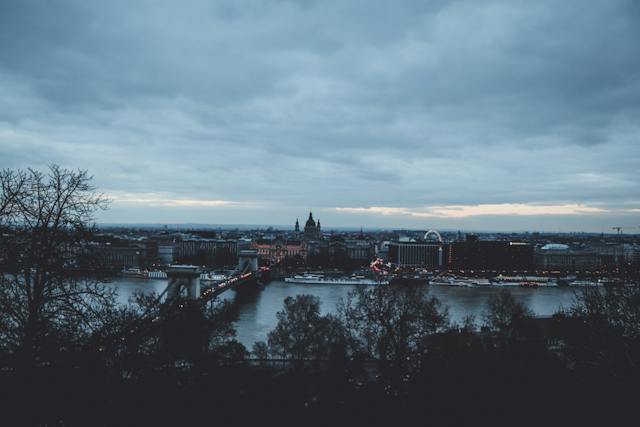
1. The Danube’s Enigmatic Underwater Statue Park:
Beneath the Danube’s surface near Budapest lies an underwater statue park. Sculptures submerged in the river create an ethereal, mysterious ambiance, attracting divers and those seeking a unique artistic experience.
The underwater statue park unfolds as a modern enigma, where art and nature converge in a hidden realm. The submerged sculptures, crafted by various artists, provoke contemplation and connect with Hungary’s artistic avant-garde.
2. The Whispering Walls of Buda Castle:
Perched on the Buda side of Budapest, Buda Castle is said to have whispering walls. Legends abound of secret tunnels and hidden chambers beneath the castle, adding an air of mystery to this historical landmark.
The Whispering Walls mystique stems from the castle’s tumultuous history, including royal intrigues, sieges, and reconstructions. Tales of hidden passageways and clandestine conversations contribute to the castle’s aura of secrecy, inviting visitors to imagine the stories held within its walls.
3. The Hidden Labyrinth of Buda Castle:
Beneath the historic Buda Castle lies a labyrinth with a dark past. Used as a prison and torture chamber in the Middle Ages, the labyrinth is said to be haunted, its winding passages echoing with the tales of centuries gone by.
The Hidden Labyrinth immerses us in the shadows of Hungary’s medieval history. The subterranean passages, once witness to dungeons and mysteries, now echo with the footsteps of modern explorers seeking a glimpse into the darker chapters of Hungary’s past.
4. The Witch Trials of Nagyvázsony:
In the 18th century, the small town of Nagyvázsony witnessed a series of witch trials. The ruins of the alleged witches’ prison still stand, weaving an eerie atmosphere into Hungary’s historical narrative.
The Witch Trials of Nagyvázsony delve into the superstitions and fears that gripped Hungary during this period. The ruins serve as silent witnesses to a chapter when paranoia and societal pressures led to the persecution of individuals, leaving an indelible mark on the town’s history.
5. The Legend of the Hungarian Atlantis:
Lake Balaton, often called the “Hungarian Sea,” harbors its own mythical tale. Legends speak of a lost city beneath the lake, adding an element of intrigue to this popular tourist destination.
The Legend of the Hungarian Atlantis taps into the human fascination with submerged cities and lost civilizations. While Lake Balaton’s depths reveal no actual sunken city, the legend adds a layer of mystique to the serene waters, capturing the imagination of locals and visitors alike.
Conclusion:
Hungary, with its multifaceted history, surprising facts, and mysterious tales, invites enthusiasts to delve into its past and present. From the ancient Magyars to the invention of the Rubik’s Cube, and from the soothing thermal baths to the enigmatic underwater statues of the Danube, Hungary’s allure lies in its ability to captivate and surprise.
As travelers and history aficionados embark on a journey through Hungary, they unravel not just the stories etched in its monuments but also the enigmatic narratives that add a touch of magic to this Central European gem. Hungary’s history is not confined to textbooks; it lives in the thermal waters, the whispers of castle walls, and the depths of its lakes, inviting exploration, contemplation, and a deeper connection with the essence of this remarkable nation.






















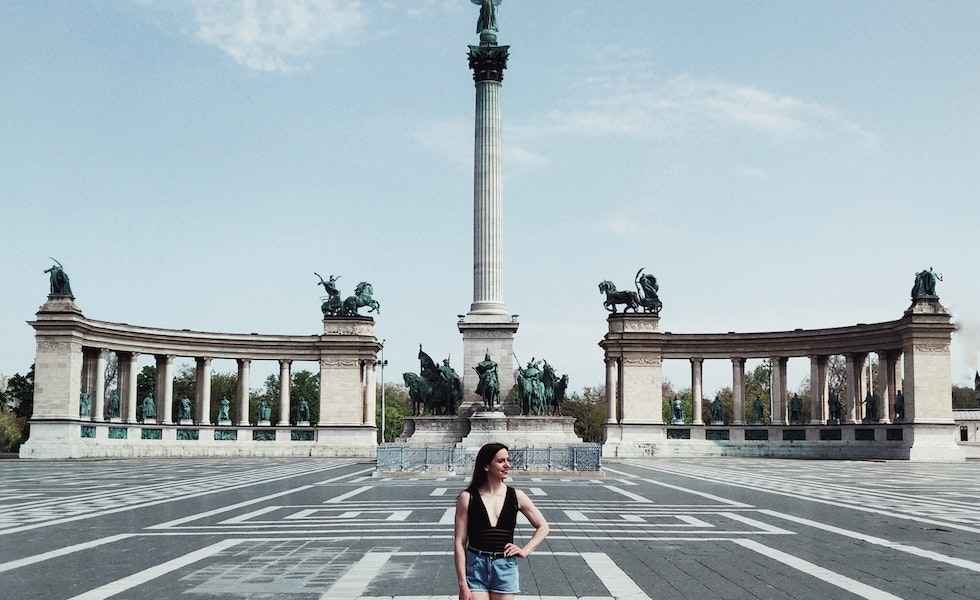

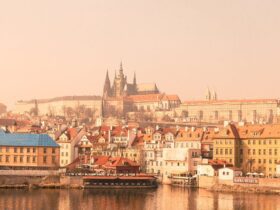
Leave a Reply
View Comments